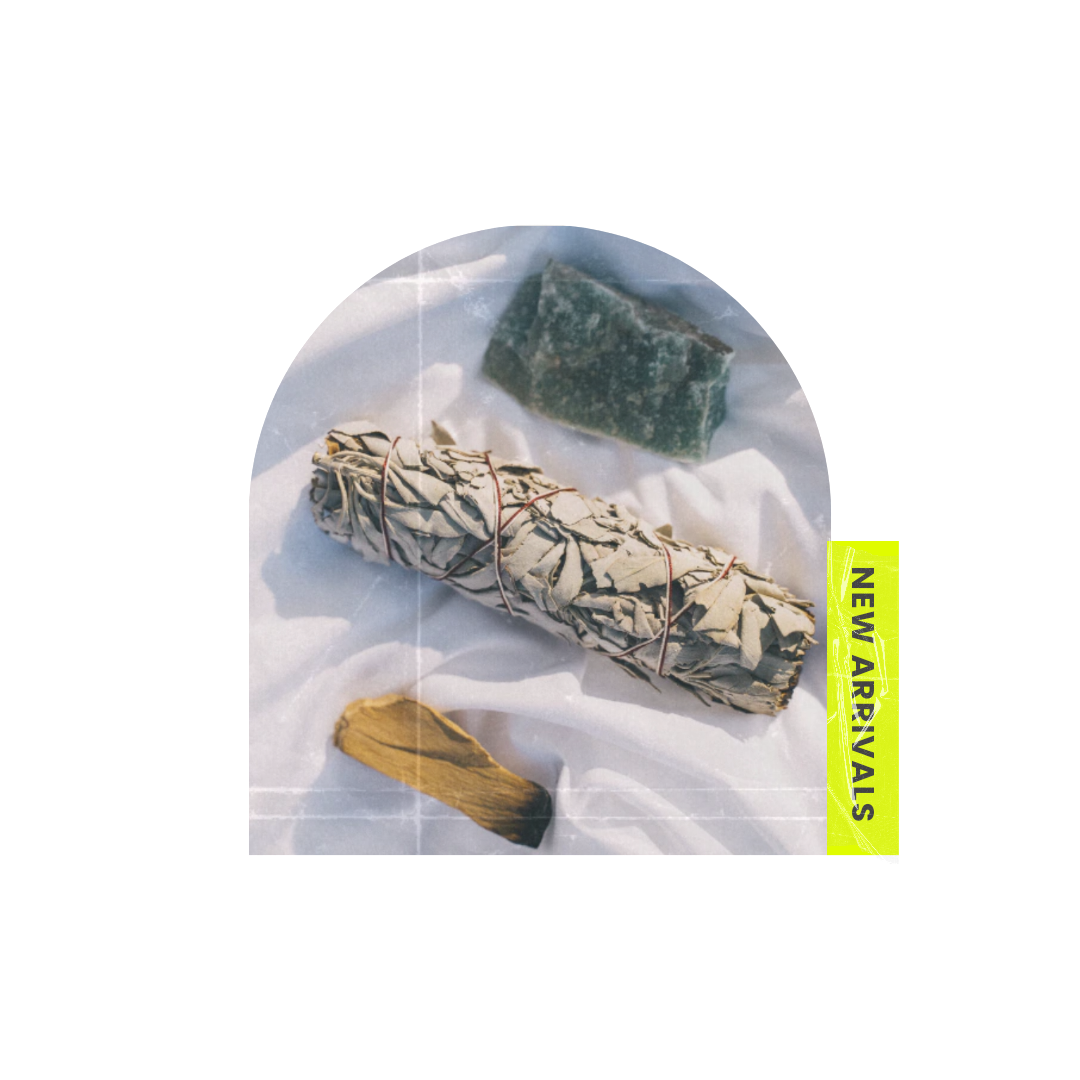
Tasseography, also known as tasseomancy, is the art of reading tea leaves or similar substances and using it to foretell future events or to interpret the present. It is a form of divination that has been practiced for centuries around the world.
History of Tasseography
The earliest known use of tasseography dates back to the 6th century BC in China. Tea was first cultivated in China around this time, and it is believed that the practice of reading tea leaves began soon after. Tasseography soon spread to other parts of Asia, and it eventually made its way to Europe in the 17th century.
How to Read Tea Leaves
To read tea leaves, you will need a cup of tea, a saucer, and a light source. The type of tea you use is not important, but it is best to use a strong black tea. Once you have brewed your tea, allow it to cool slightly before pouring it into the cup.
Hold the cup in your hands and focus on your question. Once you are ready, drink the tea down to the dregs. Invert the cup over the saucer and allow it to sit for a few minutes. Once the leaves have settled, you can begin to interpret the symbols.
Interpreting Tea Leaves
There are many different ways to interpret tea leaves. Some people use a traditional set of symbols, while others prefer to interpret the leaves based on their own intuition. There is no right or wrong way to interpret tea leaves, and the best way to learn is to simply practice.
Here are some common symbols that you may find in your tea leaves:
- Circles: Circles are often associated with the sun, the moon, and eternity. They can also represent new beginnings or completion.
- Crosses: Crosses are often associated with faith, protection, and hope. They can also represent crossroads in your life.
- Lines: Lines can represent travel, communication, or obstacles. The direction of the line can also be significant.
- Numbers: Numbers can represent specific dates, times, or events. They can also represent numerology.
- Shapes: Shapes can represent objects, animals, or people. They can also represent abstract concepts.
- Animals: Animals are often seen as symbols of strength, power, and intuition.
- Birds: Birds are often seen as symbols of freedom, communication, and travel.
- Flowers: Flowers are often seen as symbols of love, beauty, and happiness.
- Geometric shapes: Geometric shapes are often seen as symbols of stability, order, and structure.
- Human figures: Human figures can be seen as symbols of the person who is having their tea read, or they can represent other people in their life.
- Objects: Objects can be seen as symbols of different things, depending on their context. For example, a key may represent opportunity, while a heart may represent love.

Tasseography and Magick
Tasseography can be used as a form of magick. By focusing your intention on the tea leaves, you can use them to manifest your desires. You can also use tea leaves to gain insight into your past, present, and future.
To use tasseography for magick, simply follow the steps above. However, before you begin, take a few moments to focus on your intention. What is it that you want to manifest? Once you have a clear intention, hold the cup in your hands and visualize your intention coming to fruition.
Once you have finished reading the tea leaves, take a moment to reflect on what you have seen. What messages did the leaves have for you? What can you learn from them?
Tasseography is a powerful tool that can be used for both divination and magick. With practice, you can learn to interpret the tea leaves and use them to gain insight into your life.
Keywords: tasseography, tea leaf reading, divination, magick, symbolism, interpretation








